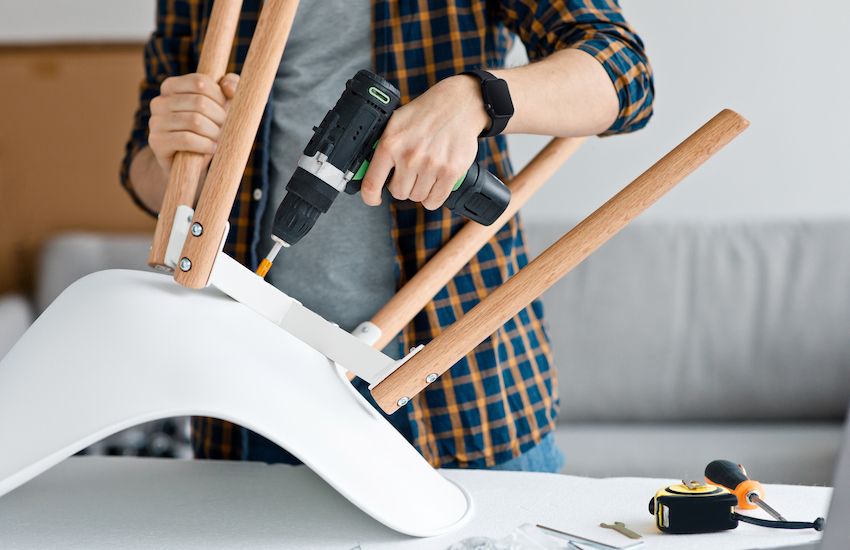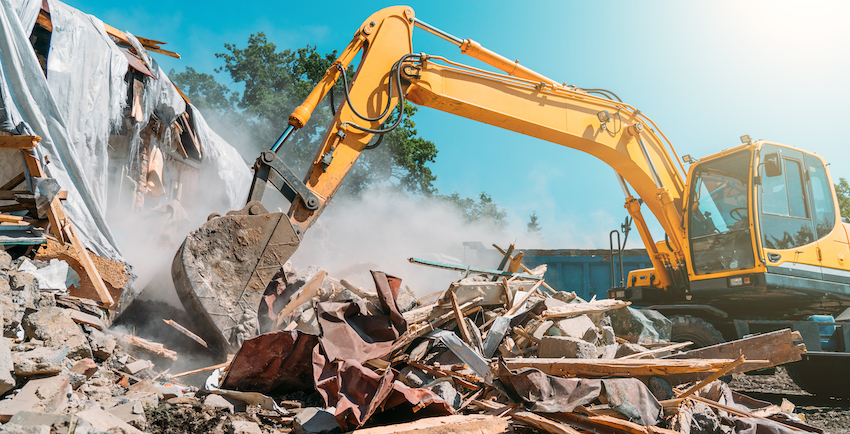


The Government has committed to develop a plan to make Jersey a ‘sharing and repairing' economy to reduce the amount of waste the island creates.
As part of a recently published set of ‘Ministerial Plans’, Infrastructure Minister Tom Binet has committed to work on a strategy to create a 'circular economy' to help "deliver against wider environmental and carbon reduction aims".
But what exactly is the ‘circular economy’ and how does it differ from efforts to, for example, encourage islanders to recycle more and use their cars less?
“It is a whole system which keeps materials, products and services in circulation for a long as possible so you, essentially, stop waste being produced in the first place,” said Elis Joudalova, who brought the OLIO app to Jersey, which lets people share out-of-date or surplus food.
“In a circular economy, people share resources rather than have own something they use infrequently. Goods are also reused and repaired rather that thrown away and everything – from cars and buildings to food packaging and phones – is designed to be used again.”
There are three main principles to the circular economy – eliminating waste and pollution; circulating products and materials; and regenerating nature.

Pictured: In a circular economy, buildings are designed to produce no waste, even after the end of their intended purpose.
Above all, it aims to replace a linear economic model of production to consumption to waste with a circular one, which promotes sharing, leasing, maintaining, repairing, reusing, refurbishing, and recycling for as long as possible.
The first, eliminating waste and pollution, seeks to break the pattern of extracting a raw material, making a product with it, and then throwing that product away as waste when it is no longer deemed useful or necessary. There is an onus, therefore, on designers to ensure their products can be easily used again.
The second principle involves circulating products and materials at their highest value, so keeping them in their original form, or at least easily extracted and reused components, as much as possible. Practically, this means sharing products, especially items we don’t use very often.
“Take the simple example of a screwdriver,” said Miss Joudalova. “Lots of households have a screwdriver which is only used occasionally. With the circular economy, a community would share that screwdriver so only one would need to be manufactured.
“It’s only a small example but it helps to show the importance of having a system in place, which is why the Government is right to start with a high-level strategy.”
The third principle of the circular economy – regenerating nature – emphasises supporting natural processes, such as growing trees around crops and using bio-fertilisers.
The concept of the circular economy emerged in the 60s and is growing in reputation as a model to reduce waste and carbon emissions.
In the UK, one of the leading advocates of the circular economy is the Ellen MacArthur Foundation, a charity set up by the former round-the-world yachtswoman.
The recently published Ministerial Plans set out the new Government's objectives for the year ahead.
Comments
Comments on this story express the views of the commentator only, not Bailiwick Publishing. We are unable to guarantee the accuracy of any of those comments.